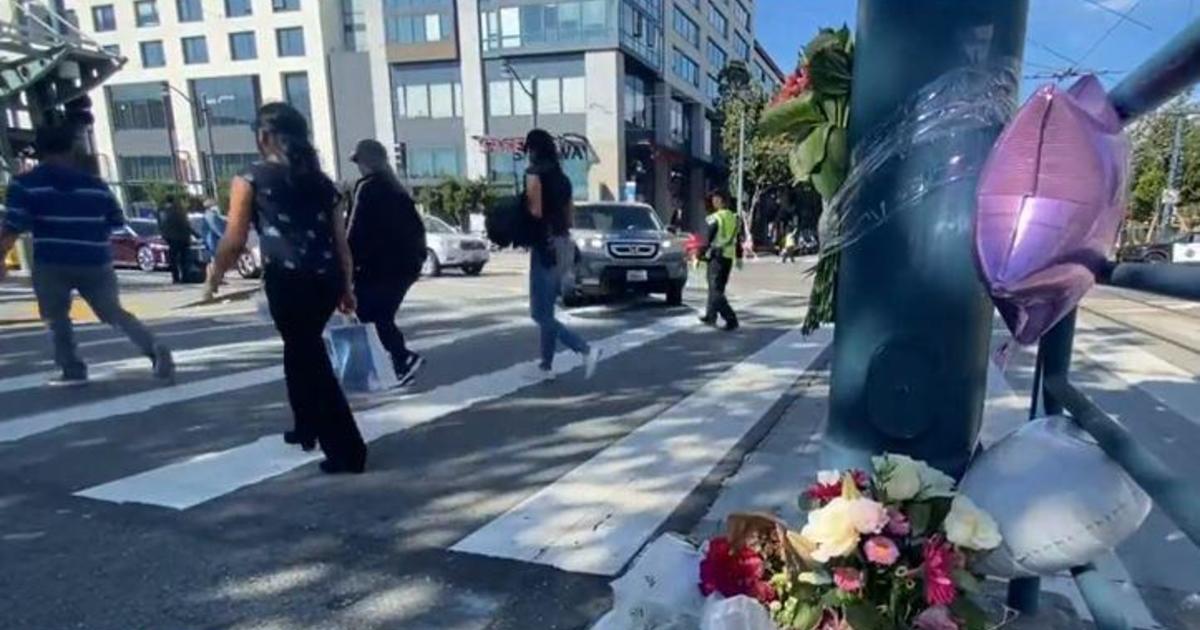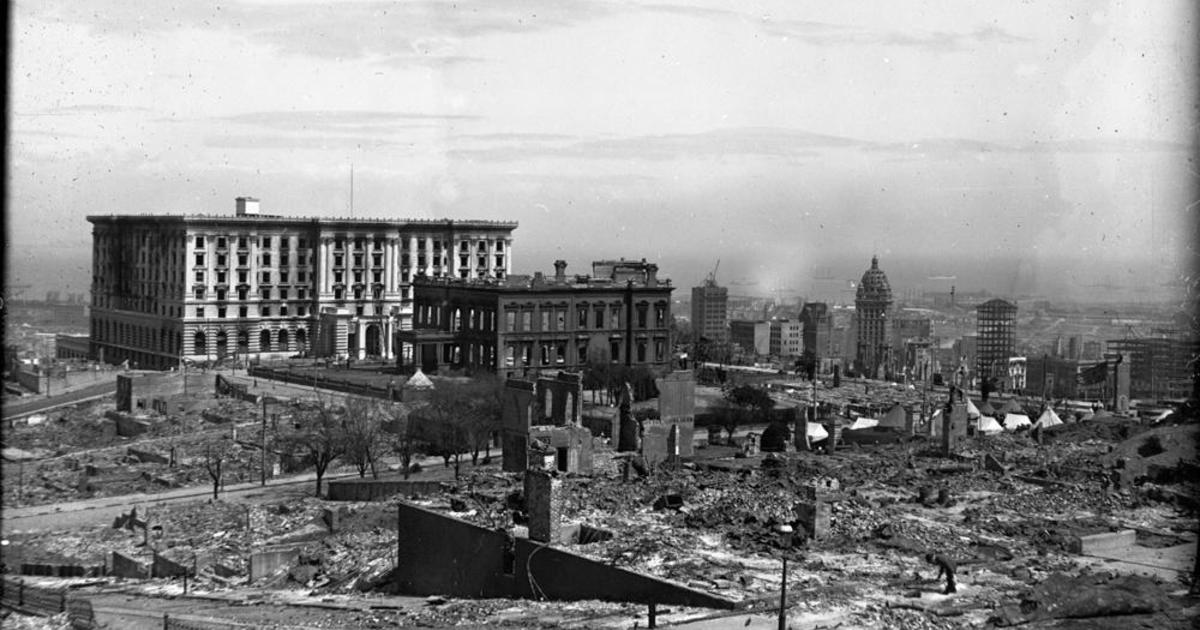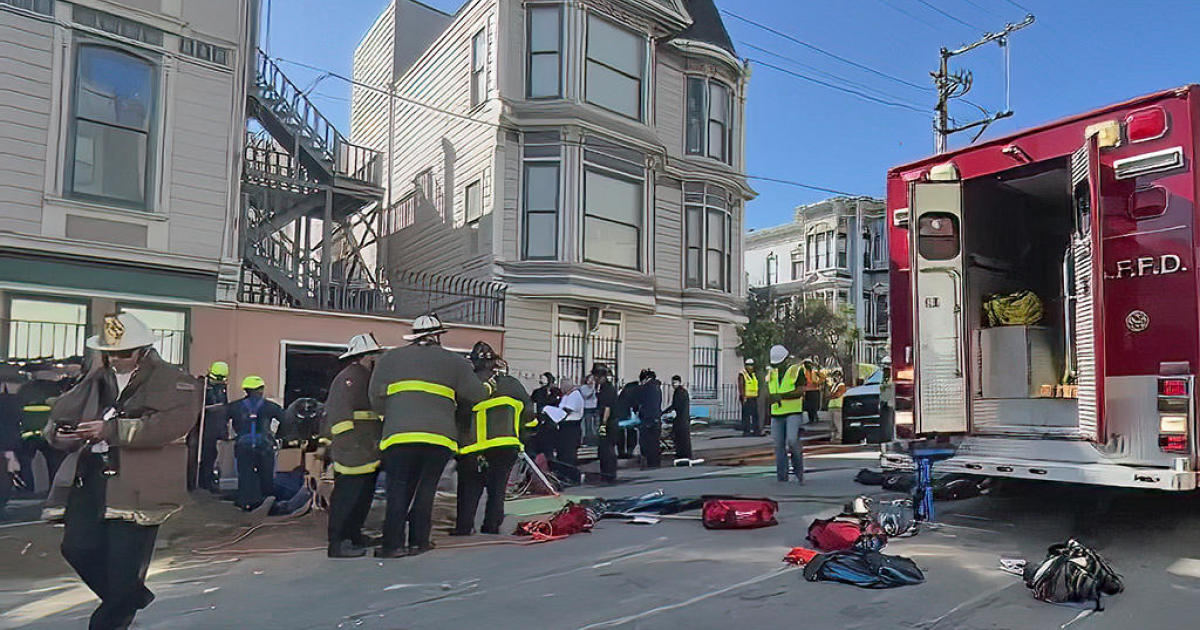Asiana Captain Was 'Very Concerned' Before SFO Crash Landing
WASHINGTON (CBS/AP) -- The pilot of the jet that crash-landed at San Francisco's airport last summer worried privately before takeoff about handling the Boeing 777, especially because runway construction meant he would have to land without any help from a common type of guidance system.
And neither the trainee nor an instructor pilot in the cockpit said anything when the first officer raised concerns four times about the plane's rapid descent.
- NTSB Asiana Plane Crash Docket: Newly Released Photos, Video, Documents
- Documents Reveal Asiana Crash Victim Was Run Over Twice
After the July 6 accident, which killed three people and injured more than 200, Lee Kang Kuk told National Transportation Safety Board investigators that he had been concerned he might "fail his flight and would be embarrassed."
Lee's backstory emerged Wednesday in documents released at an NTSB hearing called to answer lingering questions about the crash of Asiana Flight 214.
Though Lee was an experienced pilot with the Korea-based airline, he was a trainee captain in the 777, with less than 45 hours in the jet. He had not piloted an airliner into San Francisco's notoriously tricky airport since 2004, according to NTSB investigator Bill English.
So far, the investigation has not found any mechanical problems with the 777 prior to impact, although testing is ongoing, English said.
That focused attention on Lee, who did not speak at the hearing but whose actions -- and failure to act -- were a major part of the daylong meeting.
The NTSB's chairman, Deborah Hersman, stressed that the agency has not yet concluded what caused the crash. But she acknowledged that the agency was examining signs of confusion about the 777's elaborate computer systems and an apparent lack of communication in the cockpit.
Documents released Wednesday cataloged a series of problems that, taken together, could have been factors in the crash.
The 46-year-old pilot told investigators he had been "very concerned" about attempting a visual approach without instrument landing aids, which were turned off. A visual approach involves lining the jet up for landing by looking through the windshield and using numerous other cues, rather than relying on a radio-based system called a glide-slope that guides aircraft to the runway.
Lee said the fact that he would be doing a visual approach in a jet as big as a 777 particularly troubled him.
But he didn't speak up because others had been safely landing at San Francisco under the same conditions. As a result, he told investigators, "he could not say he could not do the visual approach."
Another Asiana pilot who recently flew with Lee told investigators that he was not sure if the trainee captain was making normal progress and that he did not perform well during a trip two days before the accident. That captain described Lee as "not well organized or prepared," according to the investigative report.
"This pilot should never have taken off," said attorney Ilyas Akbari, whose firm represents 14 of the passengers. "The fact that the pilot was stressed and nervous is a testament to the inadequate training he received, and those responsible for his training and for certifying his competency bear some of the culpability."
There were other indications that a culture of not acknowledging weakness -- and of deferring to a higher-ranking colleague -- contributed to the crash.
Lee told NTSB investigators that he did not immediately move to abort the landing and perform a "go around" as the plane came in too low and too slow because he felt that only the instructor pilot had the authority to initiate that emergency move.
A reluctance of junior officers to speak up has been an issue in past accidents, though industry training has tried to emphasize that safety should come first.
The case will probably force foreign airlines to examine their cockpit culture, said Tom Anthony, director of the aviation safety program at the University of Southern California.
The U.S. went through that process decades ago and shook off a "captain-as-overlord" culture, he said, and now some Asian airlines will have to make sure their training encourages even junior pilots to speak up.
Asiana representatives at the hearing did not immediately respond to questions from The Associated Press.
Lee insisted in interviews that he had been blinded during a critical instant before the botched landing by a piercing light from outside the aircraft. NTSB investigators repeatedly asked about the light, but he was unable to pinpoint its origin or how it precisely affected him.
Asked whether he wore sunglasses in the cockpit, Lee said he did not "because it would have been considered impolite to wear them when he was flying with his" instructor. The instructor pilot told investigators he never saw a bright light outside the aircraft.
Recordings from the cockpit show Lee took the controls about 1,500 feet above San Francisco Bay.
The plane's first officer, Bong Don Won, told NTSB investigators that as the plane started its descent, he noticed its "sink rate" was too rapid. He said that he said nothing at that point, but as the plane's altitude dropped below 1,000 feet, he advised the crew four times about the rapid descent. The cockpit recorder showed no response from the others, though the first officer said the pilot deployed the plane's flaps, which appeared to slow the descent.
The crew did not comment again on the jet's low approach until it reached 200 feet above the ground, according to a transcript of the plane's cockpit voice recording.
Lee conceded to investigators that he was worried about his unfamiliarity with the 777's autoflight systems. He admitted he had not studied the systems well and thought the plane's autothrottle was supposed to prevent the jet from flying below minimum speed as it drew near the runway.
NTSB investigators also raised concerns about a safety certification issue involving the design of the 777's controls, warning that the plane's protection against stalling does not always automatically engage.
When the plane's autothrottle is placed in a "hold" mode, as it was during the Asiana flight, it is supposed to re-engage or "wake up" when the plane slows to its minimum airspeed.
Boeing's chief of flight deck engineering, Bob Myers, testified that the company designed the automated system to aid -- not replace -- the pilot. If there's a surprise, he said, "we expect them to back off on the automation" and rely on their basic skills.
Boeing evacuation engineer Bruce Wallace testified that at least one, if not two, of the passengers who died did not have seat belts on.
Wallace also said inflatable rafts deployed inside the jet, pinning at least one flight attendant in the wreckage. Engineers had never seen that happen before and were looking at safety improvements.
One of the three fatalities was a teenage girl from China who survived the crash but become covered in firefighting foam and got hit by an emergency vehicle on the runway.
Documents released Wednesday revealed that Ye Meng Yuan was struck twice -- once by a fire rig spraying foam and again 11 minutes later by a second truck that was turning around to fetch water.
(TM and © Copyright 2013 CBS Radio Inc. and its relevant subsidiaries. CBS RADIO and EYE Logo TM and Copyright 2013 CBS Broadcasting Inc. Used under license. All Rights Reserved. This material may not be published, broadcast, rewritten, or redistributed. The Associated Press contributed to this report.)



